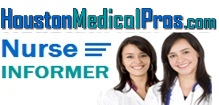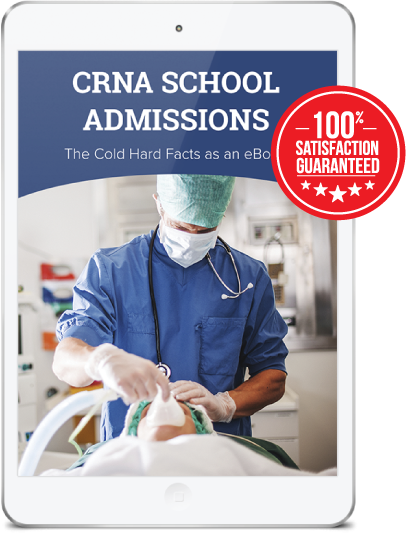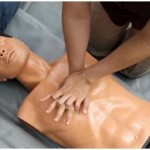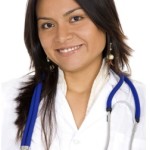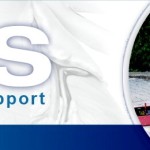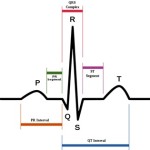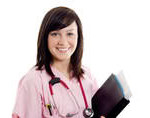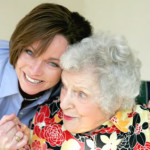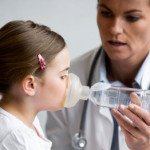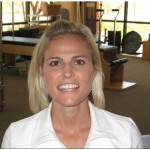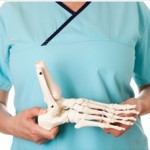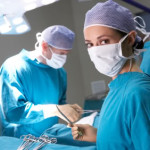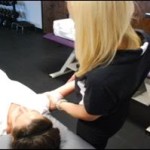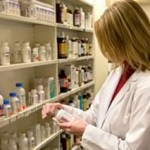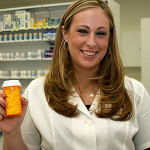ACLS or Advanced Cardiac Life Support is actually a protocol for handling patients who are experiencing serious medical emergencies such as cardiac arrest. This protocol is all about the skills and the training that is necessary to use this protocol safely and properly. The ACLS involves advanced medical skills, certification and training that can be only offered to the medical professionals such as doctors and nurses, and that is because the lay people do not have the necessary knowledge and skills. Many organizations offer training and certification that is required in many hospitals and health care environments.
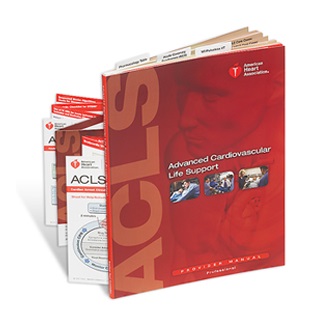 Advanced skills
Advanced skills
The principles of ACLS are an expansion on Basic Life Support (BLS), which includes Cardiopulmonary resuscitation (CPR) and other simple measures to stabilize a patient until he or she can receive more experienced medical care. ACLS and CPR relies on the ACC’s of first aid, by using these procedures of first aid, the airway of the patient is secured, the breathing is assessed and stabilized and the circulation is closely monitored. The basic care providers can only give the basic life support but people who are certified in advanced techniques can provide many more interventions that can be very important in various situations.
Advanced medical knowledge and the hands-on training along with the practice are required to master ACLS. In order to provide ACLS you have to be qualified health care provider and it requires the ability to manage the patient’s airway, initiate IV access, read and interpret electrocardiograms, and understand emergency pharmacology, these includes:
- Physicians (Dos and MDs)
- Pharmacists (Pharm Ds)
- Dentists (DDS and DMDs)
- Midlevel practitioners (Pas and NPs)
- Respiratory therapists (RTs)
- Nurses (RNs)
- Paramedics
ACLS- electrocardiogram interpretation
The electrocardiogram interpretation often starts with analyzing the patient’s heart rhythm with a manual defibrillator. In AED in BLS the machine decides when and how to shock a patient, the ACLS team leader makes all the decisions that are based on rhythms on the monitor and patient’s vital signs. IV insertion and placement of various airway devices is the very next step in ACLS. Commonly used drugs such as epinephrine and amidorane are administered once the arterial line is placed. All the medical ACLS is trained for quickly search for possible causes of cardiac arrest. Based on the patient’s diagnosis, more specific treatments can be given. These specific treatments can be IV injection of an antidote for drug overdose, surgical such as insertion of a chest tube for those with tension pneumothoraces or hemothoraces.
The medical interventions like intubation to open the airway and shocking with a defibrillator to regulate the heart rhythm are just one part of ACLS, as is the administration of pharmaceuticals which are intended to assist with resuscitation. Anyone who works in an emergency room will be trained in ACLS and most medical students around the world can take certification programs so that they can be prepared on their rotations. The goal that ACLS is to achieve something that many other couldn’t do, and that is to identify what is wrong with the patient in the first placed so that a long term treatment can be created. Everything is changing and ACLS is one step ahead with everything. The guidelines are constantly changing, due to new information in the medical field, and frequent recertification is required for people after they are certified. The recertification always makes sure that the health care provider has a fresh material, so that he/she can make a right decision at any time.
You can find the guidelines for ACLS published in major medical journals all around the world. The guidelines are available through organizations such as the American Heart Association. This is just an example, the guidelines may vary from nation to nation, different countries have many different approaches to resuscitation and some may have a wider array of legal and available drugs and tools. There are no exceptions in the fundamental practice of keeping up the chest compression and how to use timely defibrillation; this is a core tenet of ACLS. Some things can be changed and they can be replaced with new, fresh information or simply changed and improved in a better way, but there are some rules that are equal in all countries round the world.
